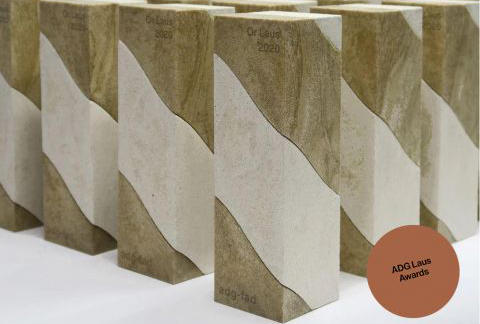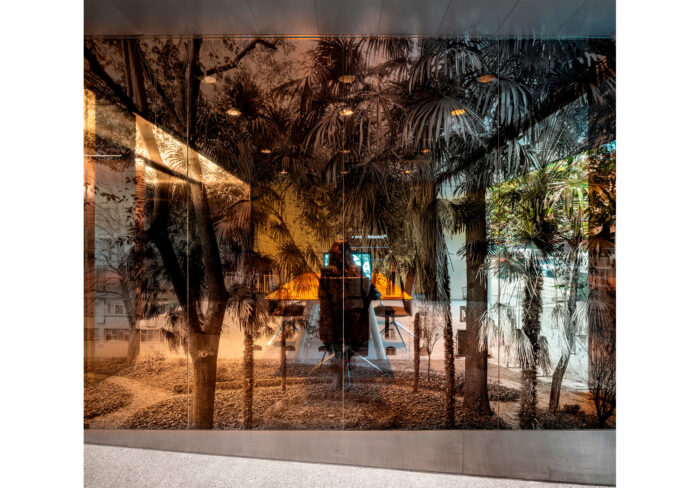This website uses cookies so that we can provide you with the best user experience possible. Cookie information is stored in your browser and performs functions such as recognising you when you return to our website and helping our team to understand which sections of the website you find most interesting and useful.
The field of architecture is a social profession. Unlike other artistic disciplines that may be individual, subjective and personal, our work operates with data that are basically social: from economy, function, to use, we basically materialize all sorts of collective energies that without us would vanish into thin air. “Without architecture the world would be unintelligible” (Adorno).
Also construction, for us a close and attractive world, calls for social contact. Buildings are built with collective effort -even physical-, and it is beautiful to be immersed in this kind of collective energy that involves the making, the construction of the new.
Remodeling an old building requires establishing an active dialogue with it, understanding it, improving it, changing it. The ancient tradition operated with a greater historical continuity, the modern tradition was more destructive, trying to project on the “tabula rasa”. We have had several occasions to dialogue actively (sometimes) with them. To do so requires proximity and rigor, and also decision (not always continuity, but sometimes also rupture).
Although architecture is static, immobile, the use, the relationship with the activities produced are dynamic and changing. This is an aspect that our projects aim to recognize, especially when it comes to public buildings.
Often the social dynamics correspond to internal activities. Architecture must answer, in my opinion, with two apparently contradictory questions: with abstraction, recognizing what should be fixed and what variable (the greater part) and then, with the precision of a series of questions without which life becomes difficult: I am thinking of immaterial things such as light, energy, noise (acoustics), temperature… central questions in space and for human comfort.
March 2023


